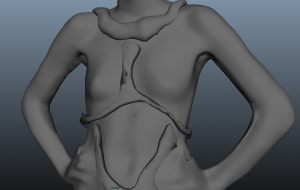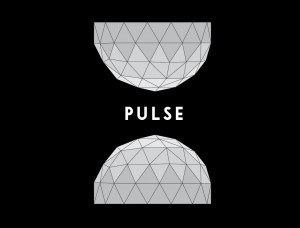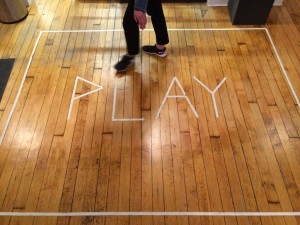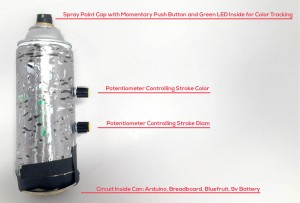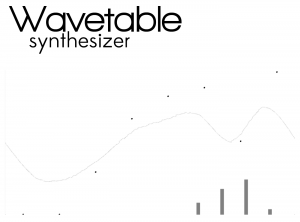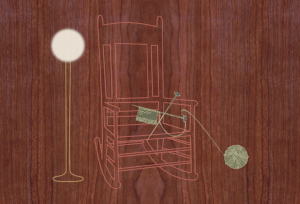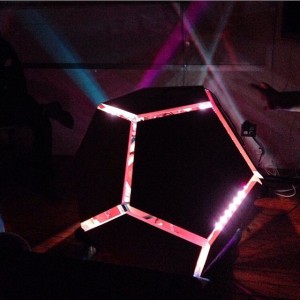Melissa Felderman, Paul Hiam
An interactive virtual drawing experience.
melissafelderman.com/digitalgraffitiwall/index.html
Description
For our Physical Computing final project we are planning to build an interactive digital drawing experience. Our goal is to enable social interaction in a fun and unusual environment and to create a token for the user to take from the experience similar to a traditional photo-booth. The interaction should feel transcendent. If successful, the experience should act as a social lubricant and the user should walk away smiling.
The experience is as follows:
-There will be a projection on a flat surface. This is the digital drawing.
-As the user provides input, the projection will update to reflect their actions.
-There will be a computer out of site from the user where the digital drawing lives and is updated.
-The user will provide input by using tools in drawing or painting like motions.
-The sensors on the tools will send feedback to the computer causing the drawing to update.
-The projection will provide real time feedback to the user to inform their continued interaction.
-One of more users can interact with the experience at one time.
-Once the user/s is satisfied with the drawing, they will have the option to email their digital drawing to their personal email or to friends.
This project is designed to have infinite iterations and adapt to any environment. For our first iteration, we plan to keep the experience simple and minimize the amount interaction options. Once we move beyond Version 1, we will have room to create a more robust experience by pulling in external media, like selfies, interactive environmental backdrops and animations, or the option to save as a gif or jpg.
Classes
Introduction to Computational Media, Introduction to Computational Media, Introduction to Physical Computing

